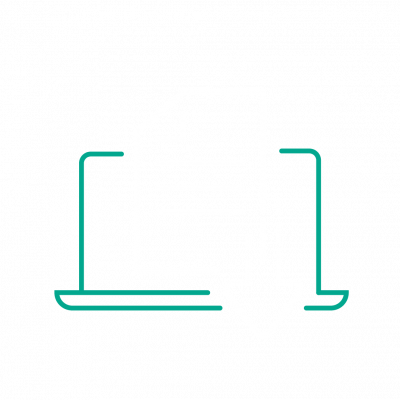In an age of rapid technological development, data translates into profit. Traditionally, data have been stored in silos, within different domains that have different competences and responsibilities. On one hand there is information (the domain of the chief information officer – CIO), and on the other – technology (the realm of the chief technology officer – CTO). The former takes responsibility for the software tools enabling business intelligence, business development, billing, and so on, while the latter’s competences lie in ensuring network development and performance. In this way, we might look at our data lake as being composed of pools which, while they do overlap, have different compositions and currents flowing in different directions – sometimes against one another. Download our white paper and discover how to prevent your data lake becoming a swamp.

Fill in the form below
